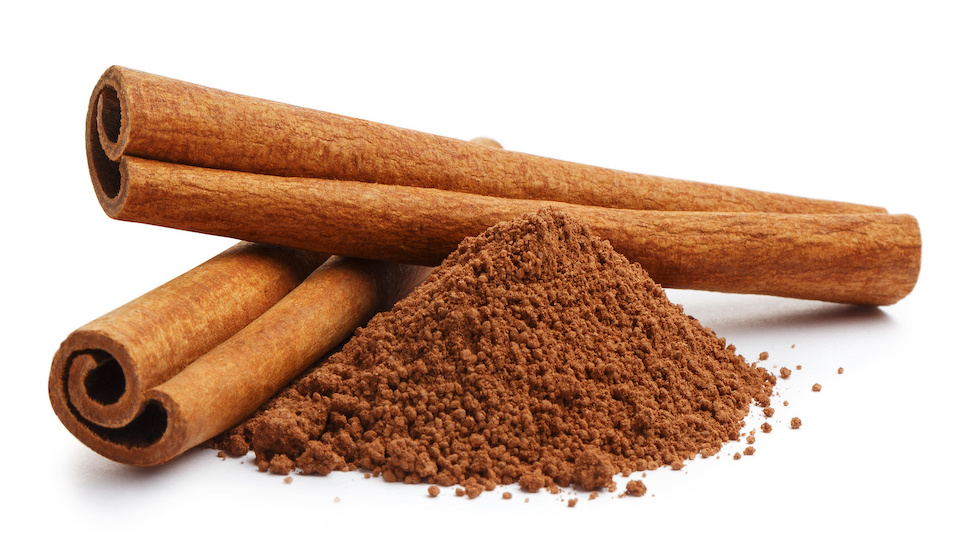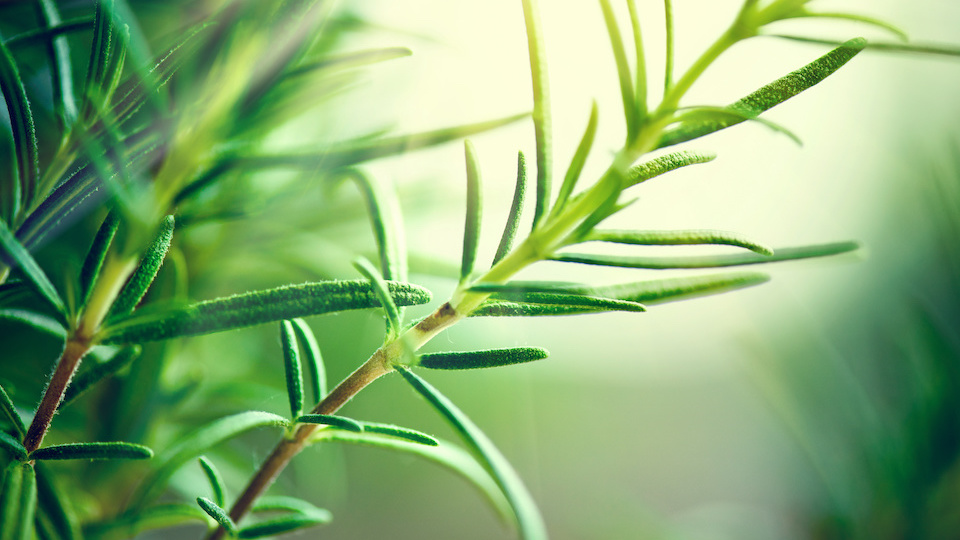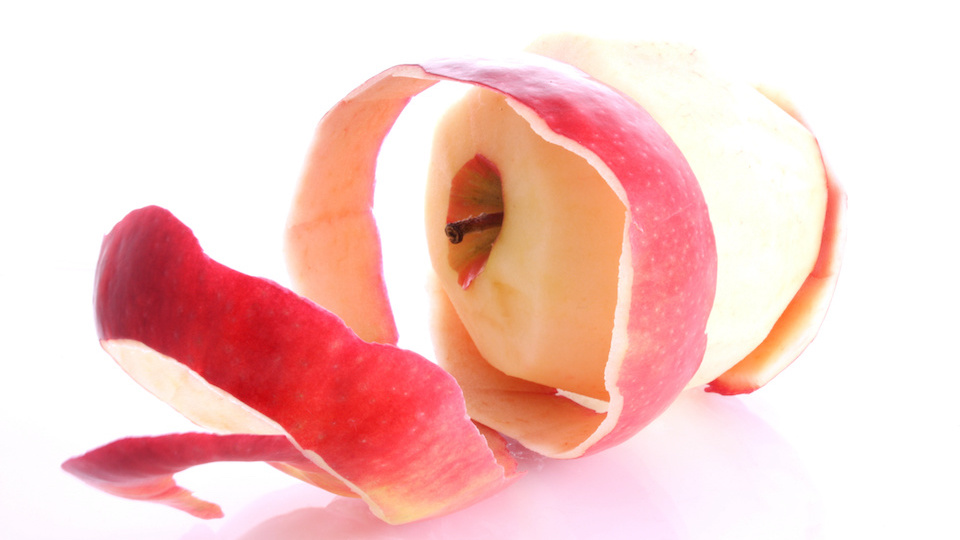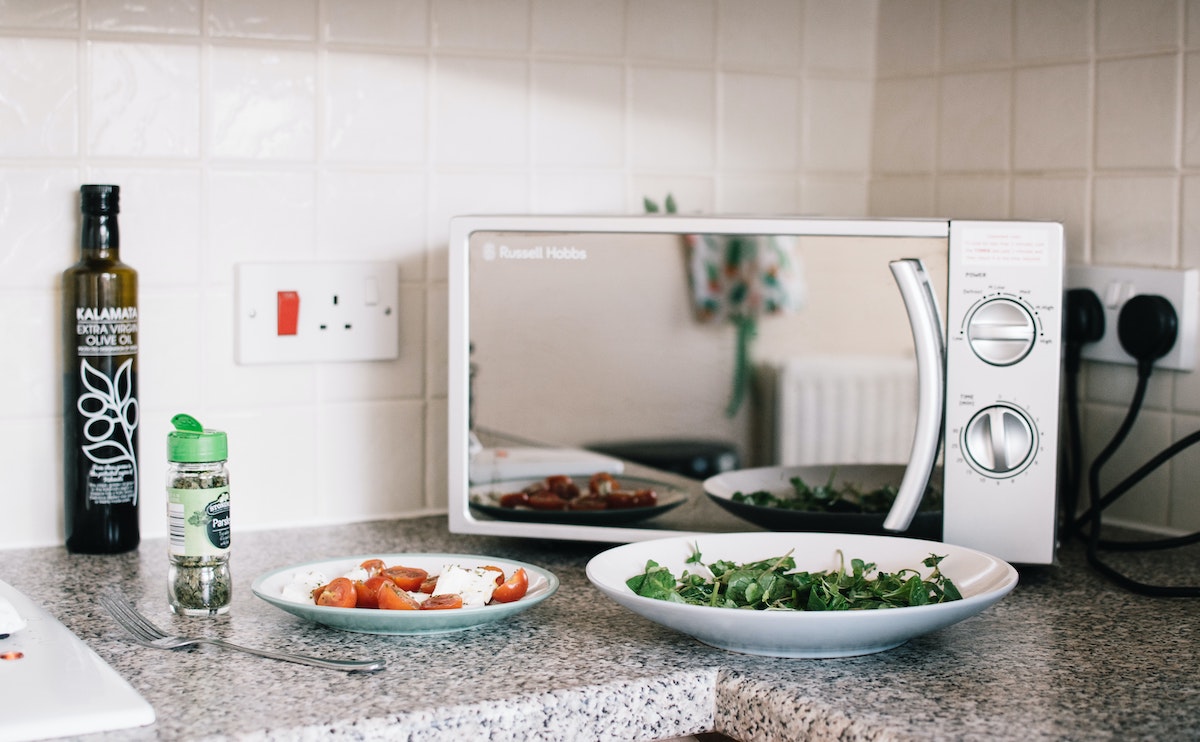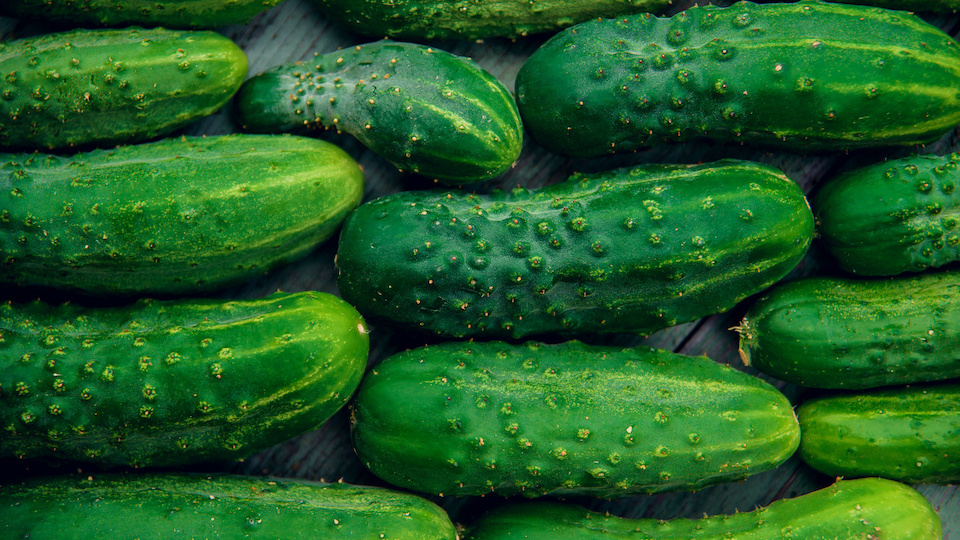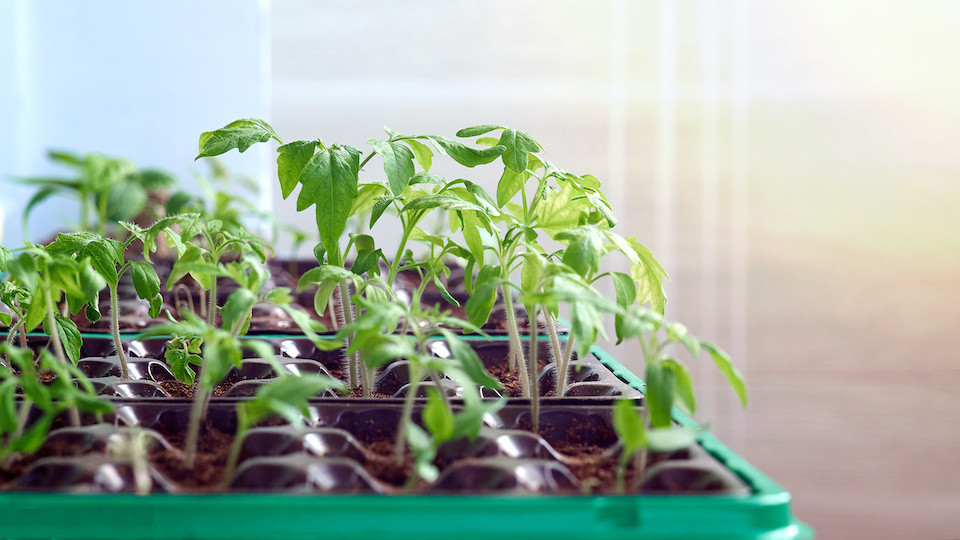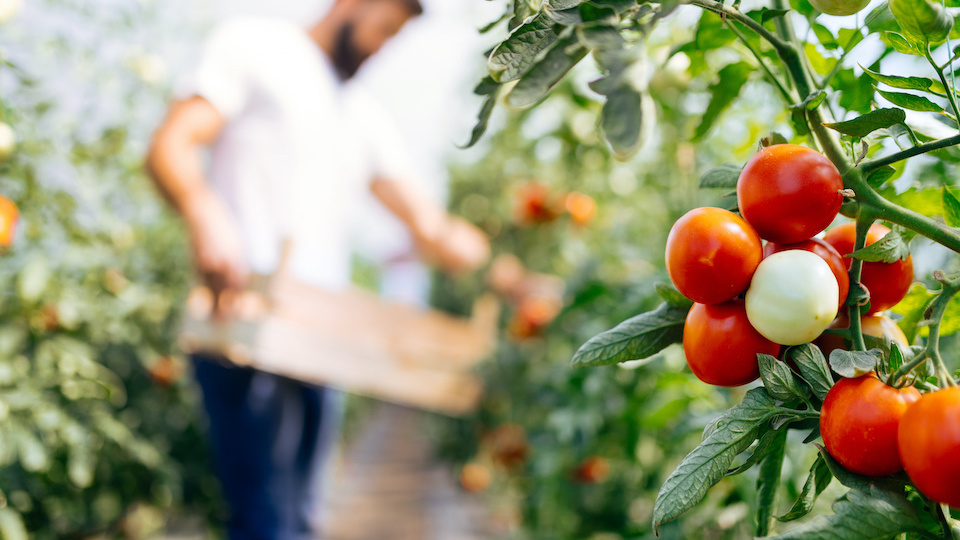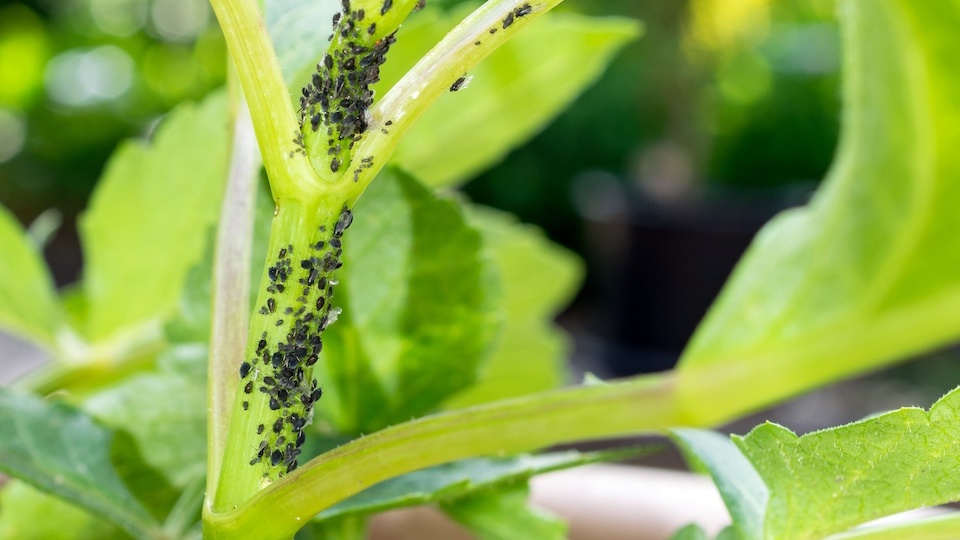Science Says: Coffee Could Help You Live Longer
No one needs to be convinced of the benefits of coffee. It jolts your brain into action in and is the main way that humanity functions during those early mornings (or late nights) spent working away. Caffeine is the lifeblood of culture, and the good news for coffee drinkers, it may actually help save your life too. Recent research explores the potential cancer-related benefits of coffee and gives us all just another reason to sip this liquid gold daily.



